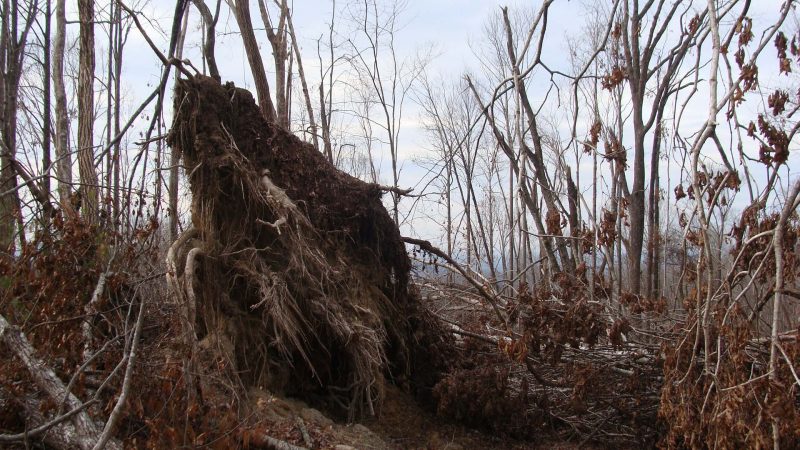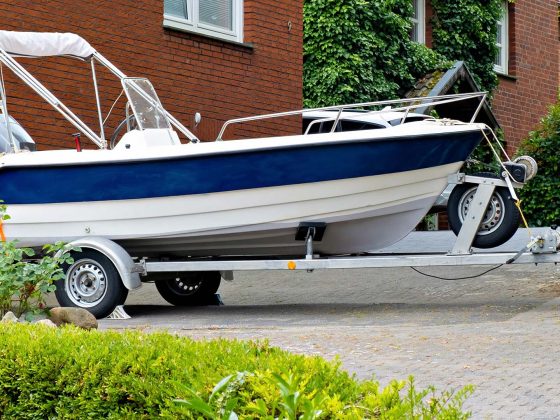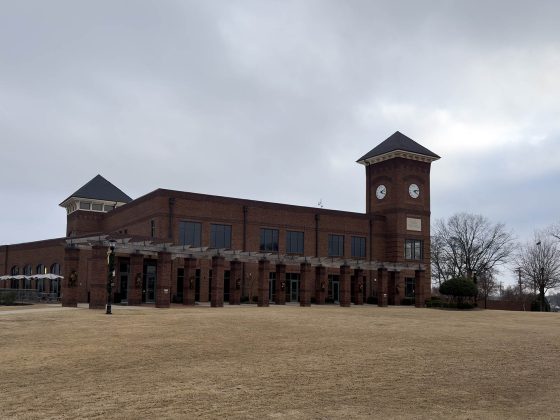My wife, Jane, and I recently got our first look at the damage from Hurricane Helene in the Jocassee Gorges. From a knoll near state Highway 11, we were looking at a place called “Naked Knob” and Horse Mountain. This is near the point where the Palmetto Trail intersects with U.S. Highway 178. In a band about two football fields wide and a half-mile long, the trees were all uprooted and laid down like rows of dominoes.
I had that gut-wrenching feeling you get when someone drops shockingly bad news on you. I have spent 40 years hunting, hiking and botanizing on Naked Knob and Horse Mountain. I have enough stories to tell about that area to fill a chapter in a book. These are my woods, and now they will never be the same — at least not in my lifetime.
A few weeks later, I was talking with Ken Forester, the site manager for Jocassee Gorges, and I asked him if he had seen the hurricane damage on Naked Knob and Horse Mountain. He pulled out his cell phone and showed me before-and-after satellite photos of that exact area.
He then scrolled to a satellite view of Long Ridge, the prominent ridge on Pinnacle Mountain that most people know as “the petroglyph site,” because of the ancient Indian rock carvings that archaeologist Tommy Charles and I discovered there many years ago. The aerial photos showed the same thing, big timber laid down in one direction. He then showed photos of a place near Bootleg Mountain on Lake Jocassee, and a couple more. They all depicted the same story — widespread devastation from straight-line winds in the range of 60 mph or more.
One of the real-world impacts of this is that all that heavy fuel will be on the ground for a decade or more. Having served for years on the mountain firefighting team, I can tell you that if we have a wildfire in that area, it’s going to be a hot fire and it will burn for weeks, if not longer. There is simply no way a crew could put in a handline among that jumbled up mess in order to cut off the fire, and it would be slow going to get a bulldozer in there.
More Hurricane Helene news

The loss of all those mature oak trees will also mean significantly fewer acorns for bears, deer and squirrels. White oak trees, for example, don’t start producing acorns until they are 20 years old, so the deficit is going to be with us for quite a while.
Table Rock Mountain was also heavily impacted, along with the Table Rock watershed and Caesars Head areas, which also suffered from the relentless gale force straight-line winds of Hurricane Helene.
Most hikers have already discovered that their favorite hiking trails are either still closed or have recently been opened back up. With hundreds of miles of hiking trails in rugged, heavily impacted terrain, the work is slow and exhausting. Some trails will need to be rebuilt because of landslides. A pat on the back to all those volunteers who are out there working every day to get our extensive network of hiking trails restored.
Dennis Chastain is a Pickens County naturalist, historian and former tour guide. He has been writing feature articles for South Carolina Wildlife magazine and other outdoor publications since 1989.












